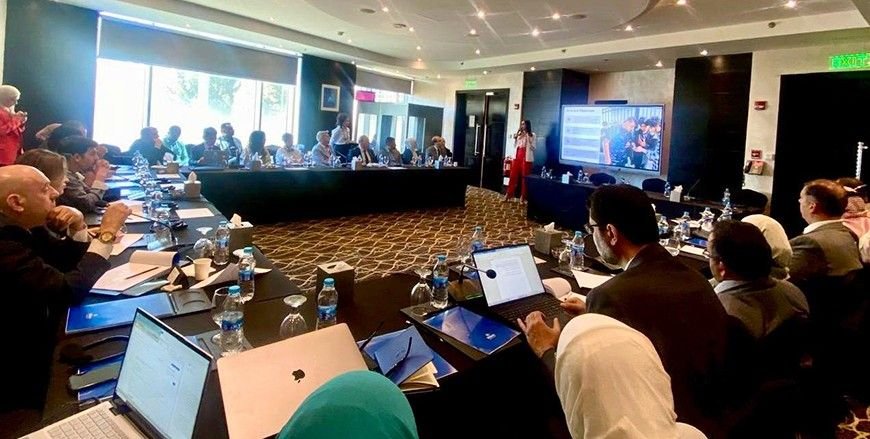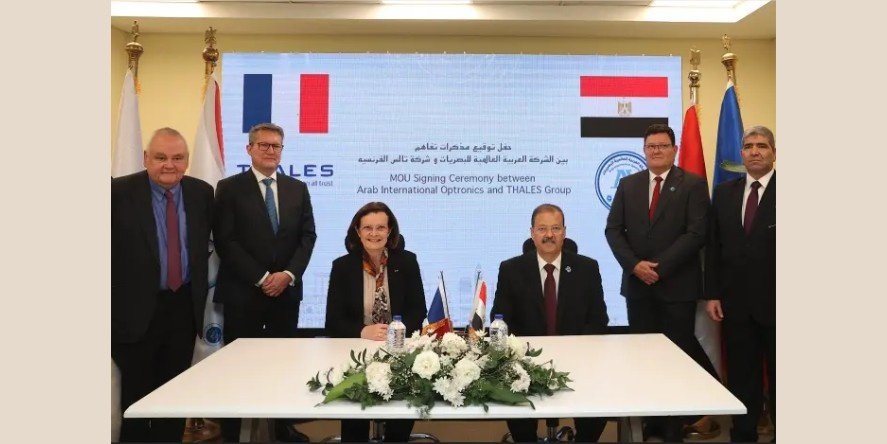The Royal Scientific Society (RSS) and the University of Bradford organized a final workshop for digital technology projects aimed at enhancing refugee resilience. Funded by the Royal Academy of Engineering-UK, the workshop was conducted in collaboration with Applied Sciences Private University and Yarmouk University.
The event marked the conclusion of two significant projects. The first, Golden Thread to Sustainability, Inclusivity, Affordability, and Futureproofing in Global South through Innovative Advancements in Net-Positive Housing (SIAH-NP), introduced a new model for housing in developing countries, focusing on sustainability, innovation, and affordability. The project considers housing not just as shelter but as a tool for promoting sustainable development, aiming to enhance energy, water, and food systems while improving the quality of life in surrounding areas.
SIAH-NP follows a net-positive approach by designing housing systems that generate more environmental and socioeconomic value than they consume. This approach integrates modern construction design methods, circular economy principles, and smart decentralized systems to minimize environmental impact and increase climate change resilience.
The second project, Community Mapping of the WEFE Nexus within Refugee Camps in Jordan (CoMAP), focuses on developing community-based mapping frameworks for managing the water, energy, food, and ecosystems nexus in refugee camps, using Baqaa camp as a case study. The project emphasizes community participation in mapping and decision-making to improve resource planning and management.
CoMAP highlights the gap in refugee camp data, where much of the existing information is outdated or inconsistent. The project underscores the need for updated, accurate geospatial data to support long-term planning and improve living conditions in refugee camps.
The workshop emphasized the importance of these projects in enhancing refugee living conditions, promoting sustainability, and supporting social justice. It also highlighted their potential to assist policymakers, urban planners, and housing experts in designing practical solutions for the housing sector.















